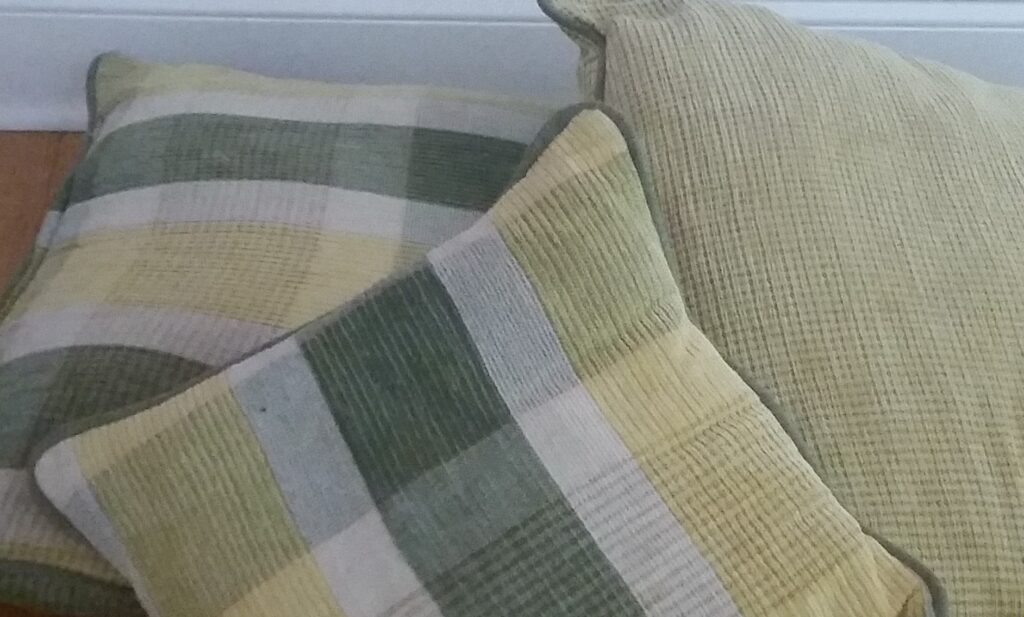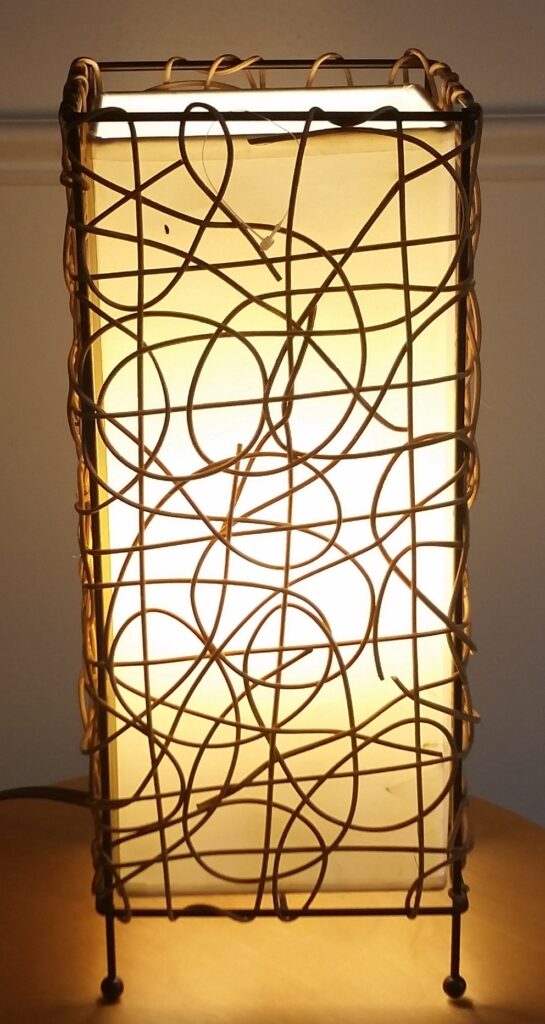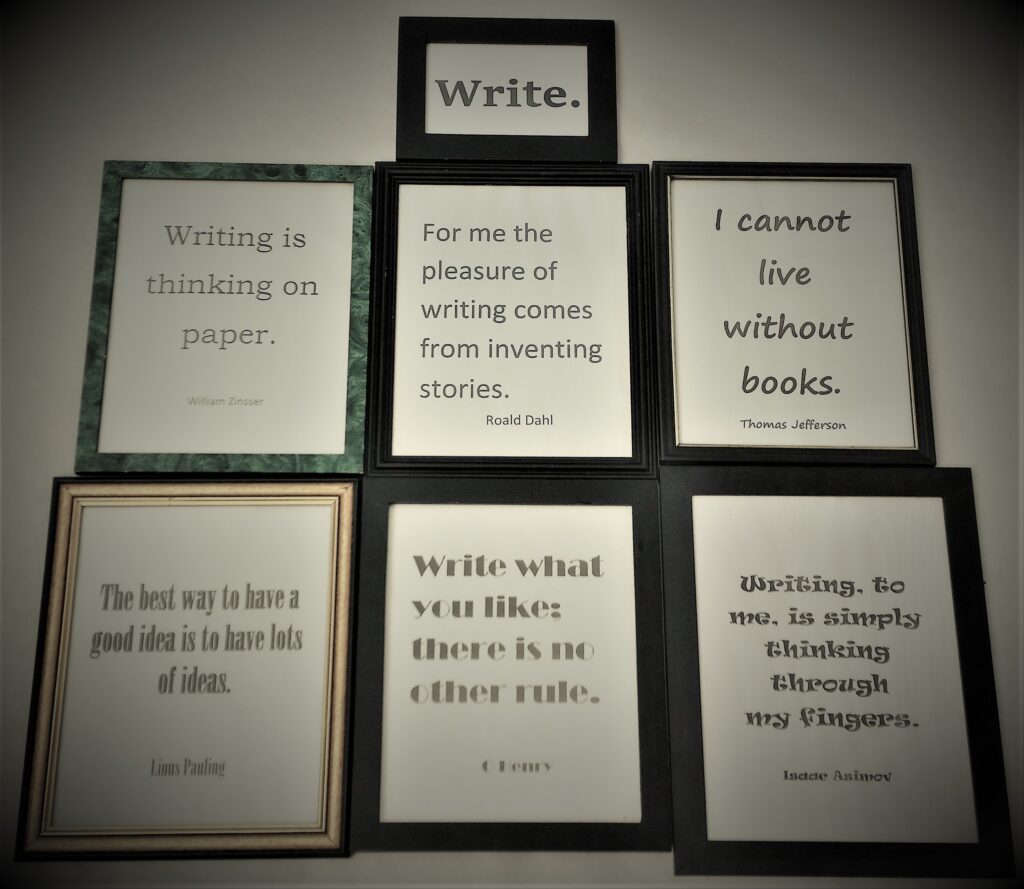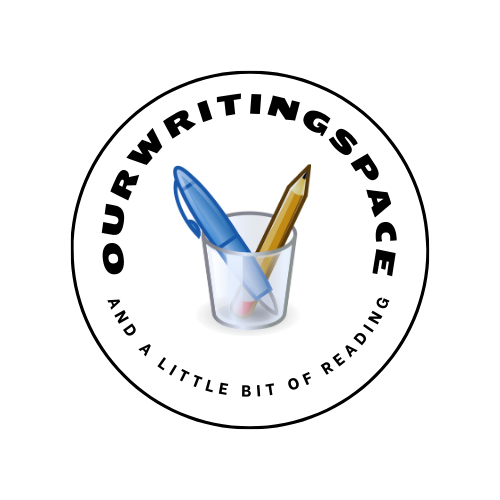As I prepare my classroom at the start of a new school year, I think about the kind of writing environment I want to have and how best to create it. I want our writing time to have a different feel to the rest of the teaching that is happening each day. I want to invite students into a writing world!
Here are 7 key things I keep in mind for the writing world I want my students to experience.
1. Conference time. My first thought is about how will I conference with students throughout the school year. This sounds like a strange place to start but this is indirectly related to classroom management. As the writing teacher, I want to conference with all my students as much as possible. I prefer to go to my students when I am doing one on one conferencing, but when I am meeting with a small group, I will set up an area/space for us to meet together. I have noticed that students stay more focused on their independent writing if I am moving around the classroom than when I stay in one spot! So with this in mind, the arrangement of classroom desks, tables, chairs, etc. needs to be in such a way that it is easy for me to quickly move around the classroom and to draw alongside students.

2. Student choice. Students are allowed to choose a regular writing spot. During writing time, my students may stay at their desks, but I like to give them the option to find a writing spot anywhere in the classroom. As I know that some students will be sitting on the floor, I provide floor cushions and a few comfy chairs that are not the standard school chairs. The carpet area is also available as a writing spot. Once students have chosen their writing spot, that is where they are expected to work during writing time. They will have a chance to change their spots later on in the year, or when the current spot is not helping them to produce their best work.

3. Lighting. I have inexpensive table lamps and/or floor lamps in my classroom to help create a writing mood. Sometimes I will turn off the overhead lights providing there is lots of natural light coming into the classroom.
4. Soft music. I like to play very soft background music to help create a writing atmosphere. It also signals that it is our writing time. As I do not want students to be distracted by the music, I prefer to play the same music each writing session. You might prefer more of a variety. Try it and see what works best for you and your students!
5. A writing center. A writing center is provided so students can have easy access to materials that they can use during writing time without my supervision. This will free me up to conference with students uninterrupted. In the writing center there are papers, pens, pencils, markers, pencil sharpeners, scissors, etc. I avoid having too many items as I want students to be more focused on their writing than spending time deciding which materials they want to use. As the school year moves forward, I may decide to change some of the materials in the center.
6. A variety of dictionaries. Usually, elementary classes will have just one kind of dictionary available to students. Instead of this, I try to have grade level dictionaries, above grade level dictionaries, easy dictionaries, illustrated dictionaries, easy picture dictionaries, bilingual dictionaries, etc., and of course, access to online dictionaries. I do not have to have a class set of each of these dictionaries. The availability of a variety of dictionaries means the spelling needs of all students can be met. Many times, students will get fixated on spelling and miss out on developing their writing, so I do not encourage them to use a dictionary until they are at the editing stage of their writing. When they are ready, the dictionaries are a go!

7. Writing gallery wall/bulletin board. I created a writing gallery wall/bulletin board with inspiring quotes about writing. The quotes are intended to be used as discussion points with my students. Here are two examples of two essential questions that help students focus on the subject of writing, “What does this quote mean to you?” and “What does it make you think that you can do in your writing?” I want students to move beyond thinking that writing is just an exercise that we do in class and begin to see that writing is so much more. The quotes will remain on display as a source of inspiration the whole school year.
When I have these things in place, I find that I have created an environment where my students are motivated to write. As you create your own writing environment you will quickly discover what kind of environment will speak to your students.
Happy Creating!
Sonia

